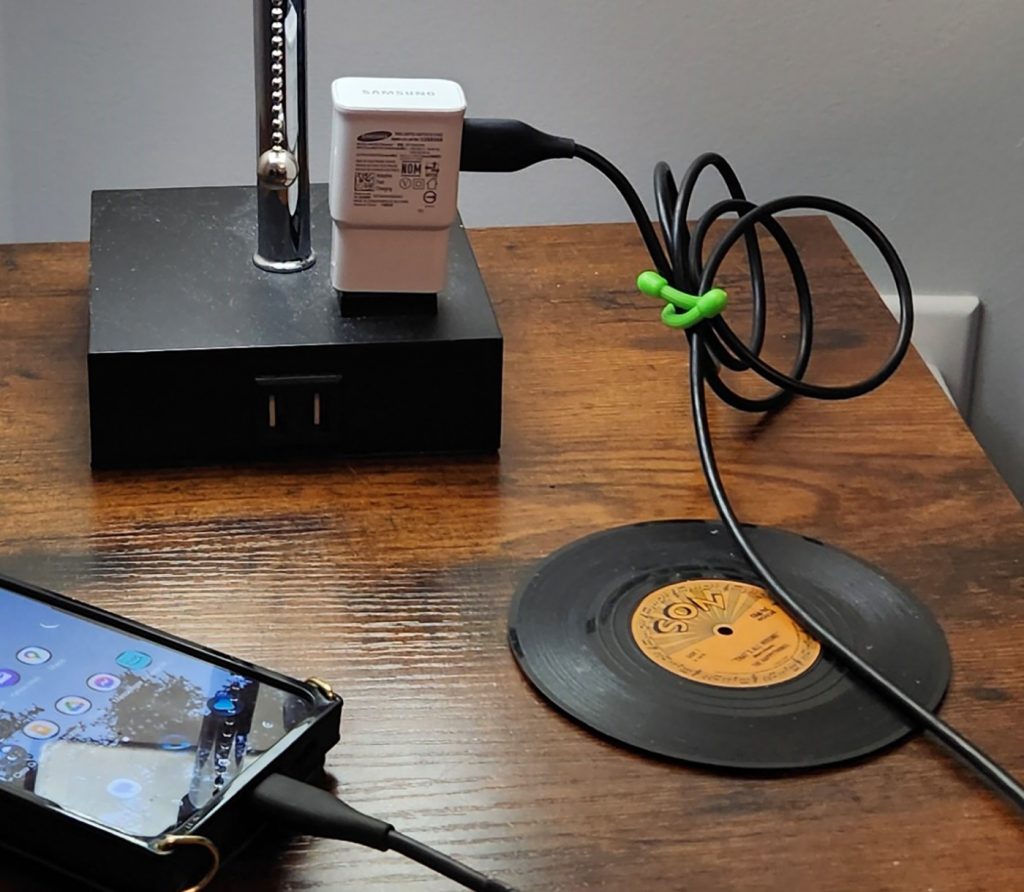Many folks dream of a digital nomad career that looks like the picturesque snapshots that dominate social media. It takes only an afternoon of story research in the pouring rain with no shelter to realize there’s more to it than meets the eye.
Sketchy internet, rapid weather changes and remote assignments with no retail access to replacement items mean the right setup can make or break your work experience. Exploring the world with your office in tow requires your computer bag to function as efficiently as any desk.
I find incorporating a bit of tactical gear can mean a more manageable mobile office. Tradespeople, soldiers and first responders use this type of gear to operate efficiently in any number of unpredictable situations. You can too. It’s financially accessible, durable and has multiple uses. Adding it into the mix with your favorite micro tech can make a world of difference.
What follows are my top tips for using tactical office supplies to build a more functional traveling office.
Cords
Removing these from your bag and pressing them into immediate service seems simple enough, at least in theory. In reality, it can leave you in a bit of a kerfuffle. Zippers, rubber bands and other doodads add additional anxiety when adjusting to power outlet locations in a new workspace. The first items in my arsenal are tactical gear ties suited for a variety of field conditions. The ones I have are $5 per pack from Nite Ize, and they work similarly to those travel tripods with the flexible legs that burst onto the market several years ago. Available in different lengths, they can also be ordered with stretchable loops on the ends, allowing them to be left in place on your cords.
Their most obvious perk is durability. Traditional twist ties disintegrate quickly, and tracking down replacements when working rurally can be problematic. Having an option that holds up to strenuous use has been a game changer. A less obvious use is fashioning them into hooks for lightweight items. Wrap one on the leg of a tray table and hang a grocery bag for a fast and free trash bag. Twist another on a headboard rail, and affix your headlamp for a functioning nightlight. Told ya. Game changer.
Tactical gear ties of different sizes are bent into shape and affixed to a tray table to keep items handy in a mobile office. (Myscha Theriault/TNS)
As for the cables themselves, longer ones are a must with hard-to-reach outlets. However, not every cord needs to be full size. My favorite backup from Rolling Square has multicharging capabilities and is less than 4 inches long. At 20 bucks it wasn’t cheap, but the space it saves me is priceless. It also has streamlined convertible tips, so I can use it for a variety of devices without needing to carry extra adapters.
Speaking of adapters, they’re not all created equal. Especially the universal ones which allow you to plug devices into receptacles around the world. Having spent years traveling with two so clunky I swore like a sailor every time I packed, I recently researched slimmer solutions. Kikkerland makes a flat-pack model with folding prongs for around $15. I can fit two in my bag in less than half the space of one of my old adapters.
Supplies
It’s true some digital nomad gigs don’t require consumable office supplies, but many do. If you frequently create content from the field and paper is a major player in your arsenal, consider adding some of the waterproof variety to your kit. Otherwise known as stone paper, it’s rip resistant and can be written on in the rain. Personally, a small notepad tucked into my messenger sack is enough to ensure I can do what’s necessary when Mother Nature interrupts my outdoor research. When expanding on ideas not suited for a laptop screen, I purchase basic notebooks inexpensively on location. While stone paper costs a bit more, price control is possible. Researching different brands prior to purchase pinches pennies significantly, as does using it judiciously.
A tactical rubber band secures a makeshift sewing kit kept in an tin mints box as it stands by for use on the patio of a retail business. (Myscha Theriault/TNS)
Ink flow issues occur even in traditional workplaces when a writing utensil hasn’t been stored upright. Having one upended in a luggage compartment or car trunk increases the depth of this problem exponentially. My solution? Pressurized pens. In addition to working upside down and underwater, since switching to this as my main writing tool, I haven’t had a single incident of ink skipping.
Related Articles
Here’s all you can eat and drink at Disney’s Food & Wine Festival — See the list
How much does Disneyland pay Mickey Mouse, Cinderella and Iron Man?
I spent the night in a lighthouse on a tiny East Bay island. Here’s how you can too
Uber, Lyft and DoorDash vow to strike on Valentine’s Day
Disney and Universal extend their fight beyond the parks
As someone whose creative pursuits depend upon jotting things down in a jiffy, discovering this option has made a world of difference in my day-to-day efforts. A mid-range pressurized pen can run in the neighborhood of $30, with the refills ringing in around $10. If you need to conserve funds and have another pen exterior you love, replacing the standard insert with a pressured one will keep you on budget and ready to roll.
Need to secure something swiftly and know it will stay put? Try tactical bands. These things are basically rubber bands on steroids. Standard ones can weaken and snap over time, leaving you open to lost tech when you least expect it. Tactical bands offer better tension, coverage and longevity, all with a low price point. Many people make their own by cutting a bicycle tire inner tube into different widths. If that’s not your jam, it’s possible to order a multipack of different sizes for $10 or less. Use them to tighten supply kits stored in recycled tins, or lash together small items not suitable for gear ties.
Alternatives
One of the most powerful things you can do to keep your kit size under control is make do with alternatives available at your chosen destination. For example, I haven’t had to staple anything in quite some time. However, I do occasionally need to remove one. With no room for a staple remover in my setup, I turn to other items when prying up the ends. The tips of cooking shears in a rental kitchen, eyebrow tweezers and a myriad of other things have come to my rescue when the need arose. Filling in with things like clothespins instead of binder clips, hair bands when I’m short on tactical ones, and using a Sharpie on window glass as a substitute white board are also solutions I’ve put into play. If you’re ever in need of the window white board yourself, nail polish remover and a tissue can replace a board eraser quite nicely.
Whittling down your mobile office is both a personal journey and an exercise in patience. Tech gear and consumable supply requirements are unique to every situation, making it difficult to determine upon a one-size-fits-all approach. However, by drilling down on your personal project needs and using a bit of strategic discernment, you’ll discover your own best way to build a desk in a bag.
(Lifestyle and travel expert @MyschaTheriault blends thrift and luxury to live well for less around the world.)
©2024 Tribune Content Agency, LLC.


